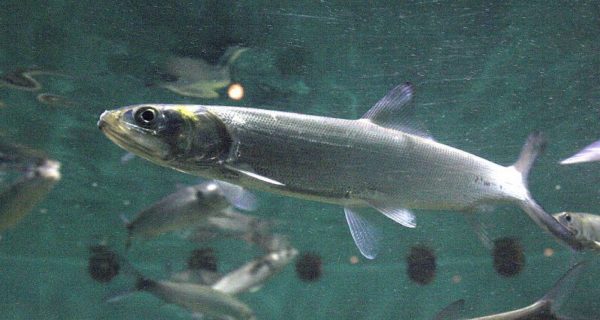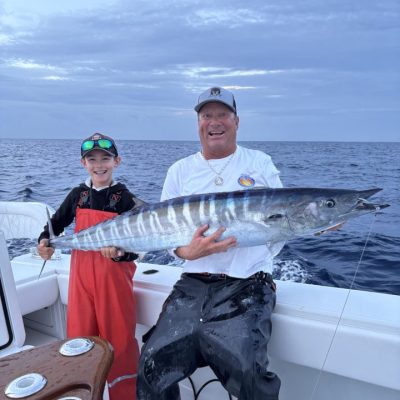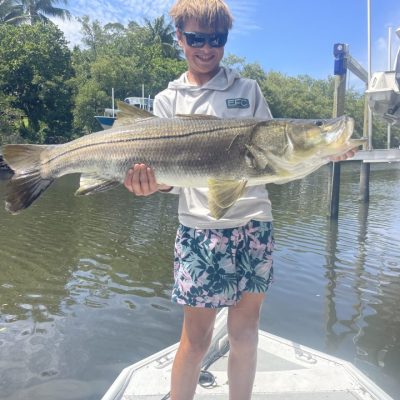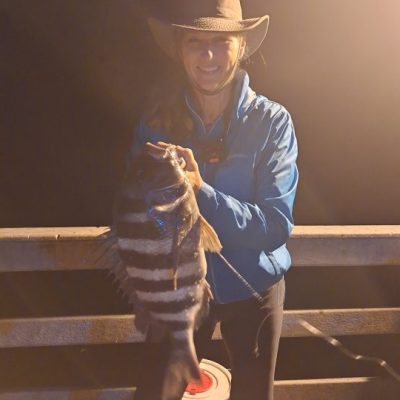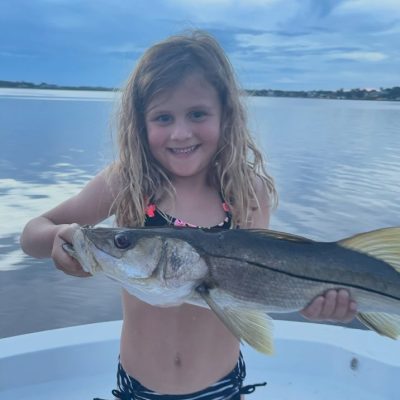Conservation
Environmental and waterway news.
Latest in Conservation

Folly Beach to Edisto Islands Fishing Report For March – Capt John Ward
March fishing has started out good, with a some what mild low country winter and water temperature on the rise …
Thank Goodness for Hogfish in SW Florida!
Capt. Chad Carney Spring brings great spearfishing to the Gulf of Mexico, like these big hogfish my buddies & I shot …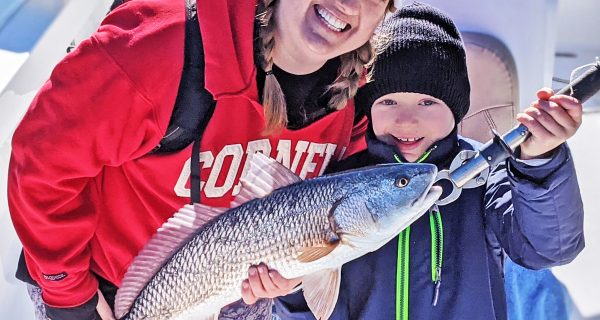
Folly Beach & Kiawah to Edisto Islands Fishing Report For February – Capt John Ward
February is upon us and we are in the last leg of the winter fishing season. This is a great …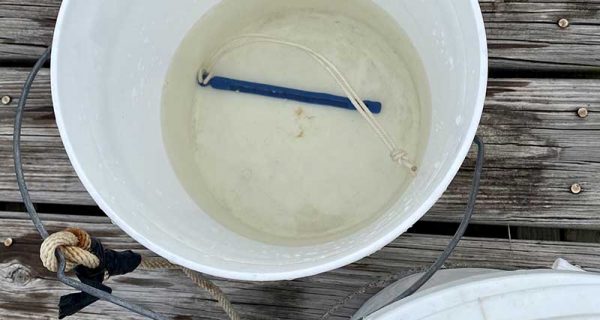
INDIAN RIVERKEEPER UPDATE: Clearer water – No Fishing Signs Appear
The New Year ushered in some development's worth watching....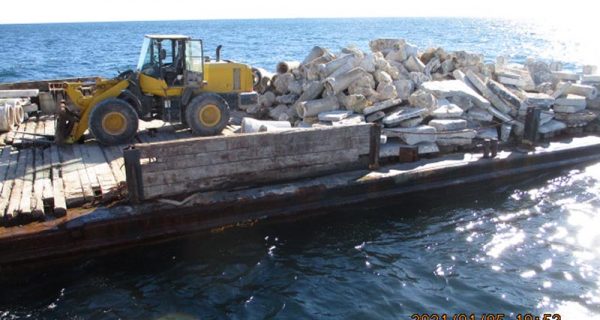
ST. LUCIE COUNTY ARTIFICIAL UPDATE: Stan Blum Memorial Site
On January 5, the St. Lucie County Artificial Reef Program deployed 500 tons of materials on the Stan Blum Memorial Site in a depth of 55 feet. Materials included concrete and limestone boulders, culverts, concrete column footers, light poles, and railroad ties.